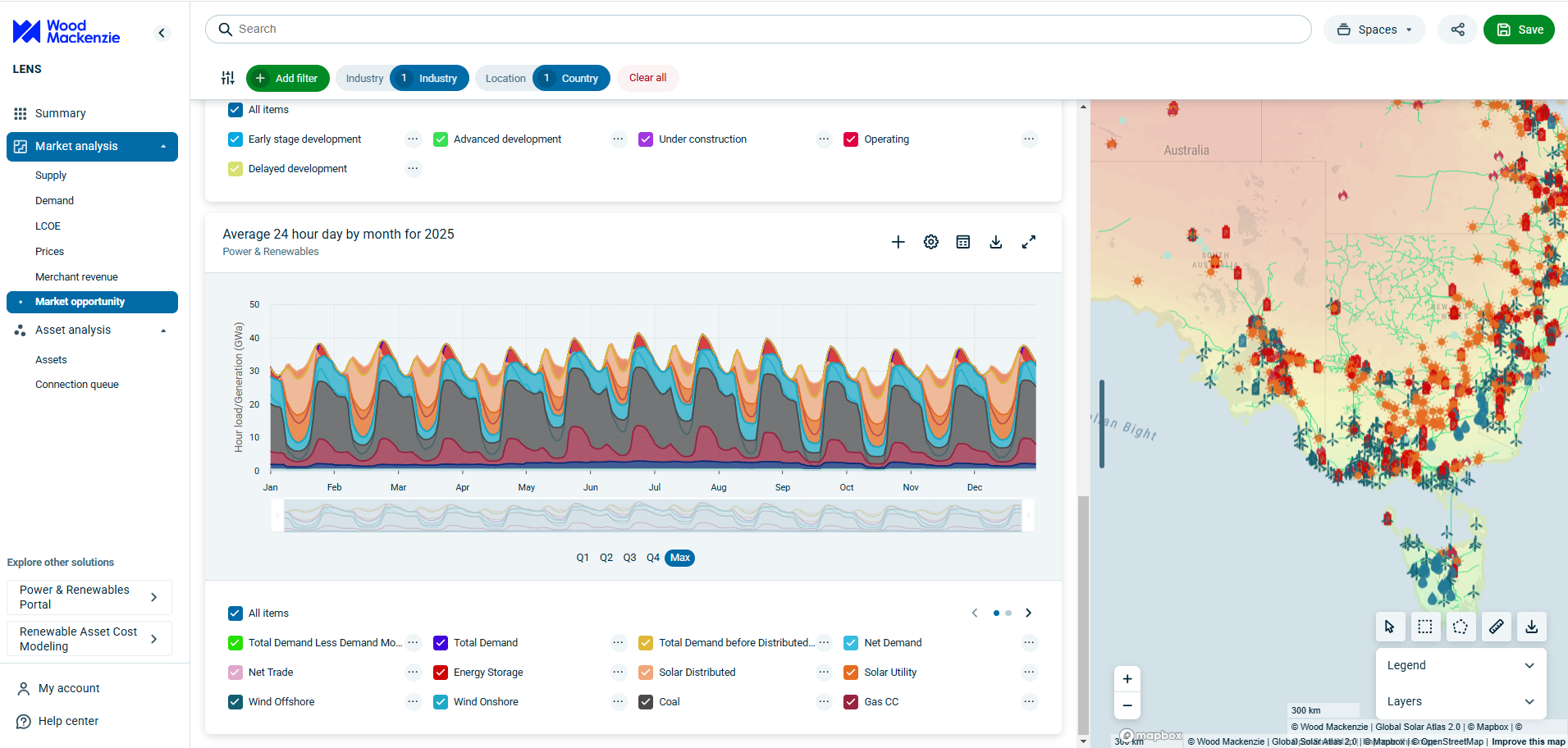Find out how our Consulting team can help you and your organisation
PDAC during turbulent times: navigating geopolitical shifts while placing bets on potentially resilient commodities
Key takeaways from meetings with government representatives, private and institutional investors, operators and developers at the 2025 Prospectors & Developers Association of Canada (PDAC) convention
4 minute read
Nassam Estibill Zalaquett
Principal Consultant, Metals & Mining, Americas

Nassam Estibill Zalaquett
Principal Consultant, Metals & Mining, Americas
Nassam has extensive experience across the natural resources value chain.
Latest articles by Nassam
-
Opinion
PDAC during turbulent times: navigating geopolitical shifts while placing bets on potentially resilient commodities
-
Opinion
Direct lithium extraction: is the hype justified by the reality?
The 2025 Prospectors & Developers Association of Canada (PDAC) convention has come to an end, and it has been a remarkable gathering of industry leaders, investors and government officials. Throughout the convention, several key themes and conclusions emerged from our discussions with a diverse array of stakeholders.
The energy transition is still on
Recent geopolitical events and Trump administration announcements on tariffs, oil and gas and electric vehicles cast doubt on the energy transition. However, after a few meetings, it became clear that strong belief in the transition and its key commodities persists.
Despite a 38% drop in lithium prices since 2021 and a 17% fall in nickel prices, investors remain keen on battery raw materials (BRM) opportunities. Lithium emerged as the primary commodity of interest, alongside copper. Clients sought insights on demand and supply trends, competitiveness of extraction methods, regional dynamics, technological advancements and Wood Mackenzie's price outlook.
Amidst the transition, what’s old is new
The energy transition advances, but long-standing value chains remain relevant. Discussions focused on iron ore (including high-grade) and steel (including low-emission steel). These markets, with nearly two centuries of industrial-scale production, continue to attract interest despite lower growth expectations compared to battery materials.
This aligns with Wood Mackenzie's forecast: the steel market is set to reach US$1.7 trillion by 2040, dwarfing key energy transition commodities at US$0.6 trillion.
Investor interest targets specific high-growth areas within these large, integrated markets. They aim to extract value from substantial commodity pools and capitalise on technologies and value chain disruptions shaping these sectors. The enduring appeal of traditional industries alongside emerging ones underscores the complex landscape of the evolving energy market.
Attracting foreign investment
Foreign investment took center stage at PDAC, with over 20 governments and attendees from more than 130 countries present. Wood Mackenzie co-hosted the Kazakhstan Forum, featuring panels on investment, supply-chain development, and national legislation. We also attended exhibitions from Argentina, Chile, Ecuador, Peru, Pakistan and Saudi Arabia, and met with key Latin American government representatives.
Permitting remains the primary challenge for junior and mining companies. Rising costs, tax regimes and royalties are crucial in attracting foreign investments. BHP's CEO, Mike Henry, praised US efforts to unlock its metals and mining sector, contrasting them with Australia's project development complexities.
Latin America garnered attention for its role in supplying critical minerals for the energy transition. Argentina emerged as the week's case study, having recently announced the Incentive Regime for Large Investments (RIGI). This grants mining investments over US$200 million significant benefits, including a reduced corporate income tax rate from 35% to 25% and 30 years of stable fiscal terms. Mining giants Rio Tinto, BHP and FQM are now making substantial investment moves in Argentina.
Continued collaboration and partnerships
Collaboration is gaining recognition as a crucial factor in the mining industry's future. Public-private partnerships, alliances between mining companies and tech providers and community cooperation are now seen as essential. Despite ongoing geopolitical challenges, the industry acknowledges the importance of government-private sector partnerships. These collaborations are central to creating effective, open and resilient markets.
Wood Mackenzie's analysis suggests that this trend towards cooperation will likely shape the industry's landscape in the coming years. The shift from isolated operations to integrated partnerships could drive innovation, improve sustainability practices, and enhance social license to operate. This collaborative approach may also help address key challenges such as resource scarcity and environmental concerns.
To fully realise these collaborative efforts, significant investment is required. Wood Mackenzie estimates that the global metals and mining industry needs to invest approximately US$1.0 trillion through 2050 to achieve net zero. This includes capital for new projects, expansions, and technological advancements to support sustainable and efficient operations.
Conclusion
PDAC reflected both short-term uncertainty and long-term optimism for mining and metals investment. Current geopolitical shifts are challenging fundamental industry beliefs, material flows and supply chains.
However, the sector's importance remains clear. Not only the energy transition, but economies themselves are built on minerals – critical and otherwise. The metals and mining industry continues to be central to technological advancement, infrastructure development and economic growth.
Wood Mackenzie's analysis suggests that despite near-term challenges, the sector's long-term outlook remains robust. Our data indicates growing demand for a wide range of minerals, driven by urbanisation, electrification and the push for cleaner technologies. This trend is likely to support investment in exploration and production over the coming decades.
Investors and industry players must navigate a complex landscape of geopolitical tensions, shifting supply chains and evolving regulations. However, those who can adapt to these changes may find significant opportunities in this essential sector.
Embrace the opportunities
This insight was brought to you by our Metals and Mining Consulting team. Fill out the form at the top of the page to get in touch with the team today and learn how we can help you navigate these critical challenges to make smarter decisions with confidence.
Plus, discover Lens Metals & Mining; our all-in-one platform that lets you unearth robust data analytics from mine to market. With over 3,330 assets encompassing mines, smelters, refineries and new projects across key mined commodities, Lens Metals & Mining allows investors and financiers like you to identify, evaluate and screen for growth opportunities. Find out more about Lens Metals & Mining.






